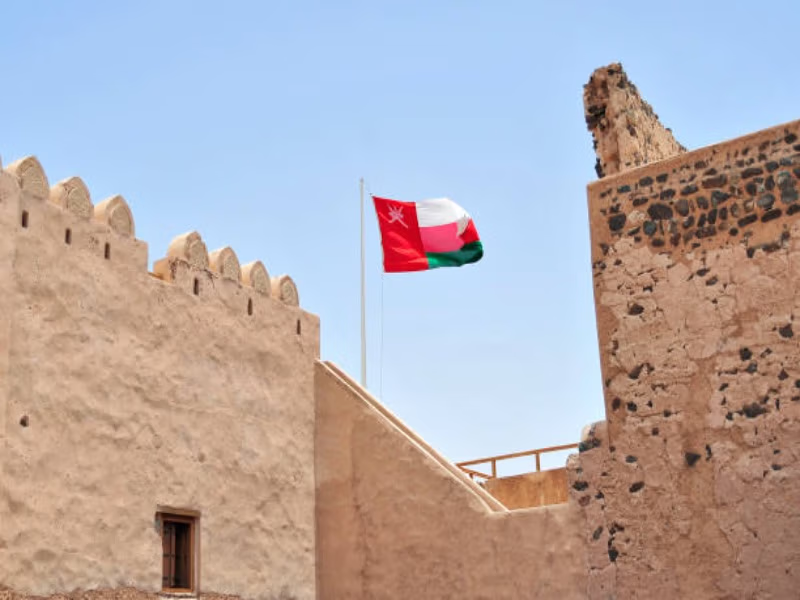Oman is on the edge of a paradigm shift in the financial sector, and the fast-evolving FinTech market is expected to reach OMR1.1 billion ($2.86 billion) by the end of 2025.
This outstanding valuation represents a 16 percent Compound Annual Growth Rate (CAGR) and supports the commitment of Oman to become a regional hub of financial technology innovation.
This comprehensive view of a segmenting industry was revealed at the “Building a Future-Ready Bank” summit, which was held recently by IBS Intelligence and Cedar.
This rapid expansion is not a coincidence, but rather a direct result of an active and forward-looking regulatory framework spearheaded by the Central Bank of Oman (CBO).
CBO has been significant in contributing to the pace of the FinTech ecosystem through its Innovation Acceleration Programme, which particularly seeks to support pilot projects and regulate technology testing through a separate sandbox.
The most prominent is the introduction of the new digital-bank licensing road map by authorities, with progressive levels of entry based on particular capital requirements and localization commitments.
However, this program aims to produce a new generation of digitally-native bankers and protect consumer interests.
The impacts of such regulatory transparency have been both immediate and profound. FinTech companies in Oman have increased significantly, growing from 24 to 42 in the last year, which shows that entrepreneurs take a strong interest and investors feel more confident.
Almost 16 FinTech licenses were granted in 2025 alone, and 52 applications are currently under the CBO review.
The country has not been left behind on the issue of global investment and expertise; therefore, it has actively marketed its Regulatory Sandbox as a low-risk test environment, specifically targeted at Foreign Direct Investment (FDI) by international FinTech participants.
Evaluation of the 42 current FinTech companies shows that the digital project is extremely concentrated on the modernization of the necessary financial framework and consumer accessibility.
Payments is the biggest segment, comprising 22 percent of all companies, based on the national goal of increasing transactional convenience and the use of digital wallets.
Three equally important segments come right behind payments, each contributing 19 percent, such as Personal Finance, Digital Payments/PoS solutions, and Trading and Crowdfunding.
This distribution shows a concerted effort to go much further with financial inclusion and democratize investment beyond banking to a level of wealth management by the general population.
Besides, the national policy frameworks entrench the digital intentions of Oman. A national policy on artificial intelligence was presented, positioning the financial sector to utilize artificial intelligence in accordance with larger GCC ethics and Oman Vision 2040 in April 2025.
The technological position of the country is also quite strong, as it has been rated as the fourth in the list of developing economies with regard to ICT-related FDI.
This investment is also backed by concrete financial investments, such as OMR25 million to be committed under the Inma fund for Small and Medium Enterprises (SMEs) in 2025, so that the element of FinTech innovation is carefully integrated into the layer of the private economy.
As digital transactions through OmanNet hit 14.5 million in the first quarter of 2025, the data depicts that regulators and consumers are fully ready to adopt this new digital reality.






